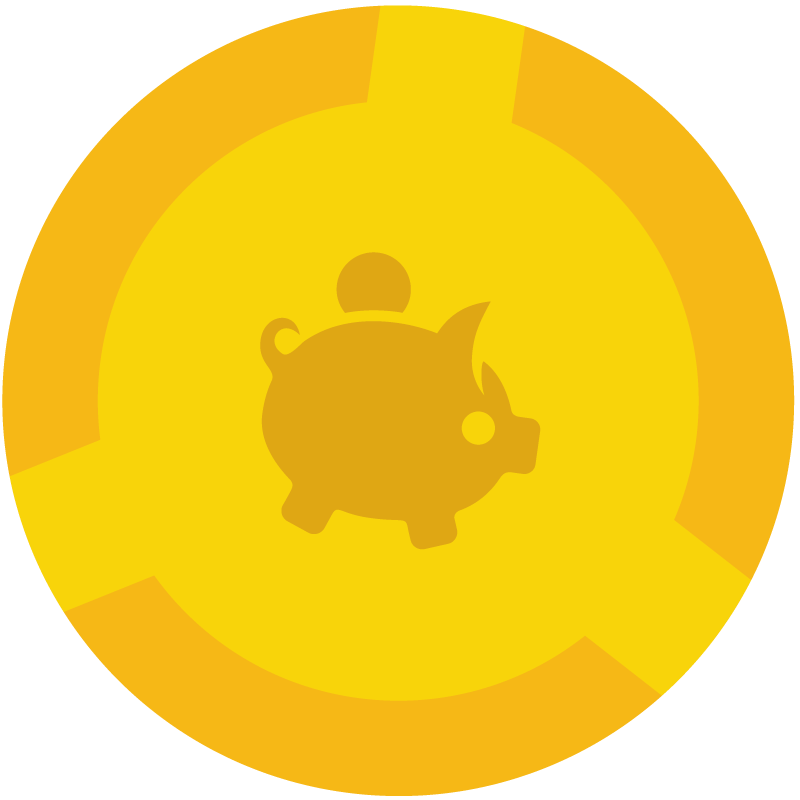What is Value Betting Poker?

- The goal of a “value-bet” is to get your opponent to call with a worse hand. If you have a strong made hand you should probably be betting for value nearly always. It's true sometimes you can think about slow-playing your strong hands, but most of the time, the best option will be to bet. By not betting you risk “losing value” (losing out on money).
- Not “value-betting” at the right time can be just as bad as making a horrible call, when you know you are beat. Both will have the same effect on your win-rate. Weaker players often play strong made hands very passively. While it's true they may still “win” the pot this way, they are actually losing a lot of money in the long-run by not going for more value.
When should you Value Bet?
In order to answer this question we will need to understand the concept of ranges. If you are unsure of what ranges are, or how they operate, go and read that article first.
To be very specific (and don't worry if you don't understand this just yet) -
In order for a value bet to be profitable, your opponent’s calling range must consist of worse hands 50% of the time or more.
It's actually very simple - In order to win money from the bet
When should you Value-Bet? In practice.
If we have a strong value hand we should immediately be betting for value. It doesn't matter if we only have the 3rd nuts, and our opponent could have the nuts. So long as our opponent is going to call with a wide range of worse hands we can just chalk it up to bad luck when our opponent flips over a better hand. Don't make the mistake of checking back just because there is a possibility you are beaten.
With medium strength hands it becomes a little more tricky – this is where skill comes into the game. One of two things will be true in this instance -
- Your opponent’s calling range doesn't have enough worse hands compared to better hands. Value-betting won't be profitable, you should fold.
- It's close, but you still think your opponent’s calling range contains slightly more worse hands than better hands. Value-betting in this spot is referred to as making a “thin value-bet”. Making thin value-bets like this is one thing that separates the good players from the really-good ones. You will only able to find these “thin-value” spots if you have done a good job of putting your opponent on a range.
Value Betting Example
CO ($10)
MP ($10)
UTG ($10)
Hero ($10)
SB ($10)
BU ($10)
Pre-flop: Hero is BB with ak
3 folds, BU calls $0.10, SB calls $0.5, Hero raises to $0.50, BU calls $0.40, SB folds.
Flop: ($1.10) k98
Hero bets $0.80, BU calls $0.80.
Turn: ($2.70) 8
Hero bets $1.95, BU calls $1.95
River: ($6.60) 4
Hero bets $4.40, BU calls $4.40
This is a good example of value-betting on all three streets – even though we could be behind by the river.
Pre-flop
We have a strong starting hand, and we want to raise. There is a good chance one of our two opponents will continue with a wide variety of worse hands. We raise for value pre-flop.
Flop
We flop top pair top kicker; our first instinct should be to go immediately for value. Slowplaying here would be a big mistake. There are many worse hands and draws that our opponent can call a bet with. Any straight draw, any flush draw, and any worse king. We bet for value.
Turn
The turn comes an 8. It's certainly true our opponent could have an 8 if he called preflop with something like As8s and didn't want to fold on the flop. It's pretty unlikely though. Ironically, the very fact that an 8 has hit on the turn means our opponent is less likely to be holding an 8, because there are now only 2 left in the deck. Our opponent still has all the draws and worse kings in his range; we fire again for value.
River
The river comes 4, completing a possible flush draw. In some instances this might be a good spot to check-call if you think your opponent will bluff with things like Ah5h, or TdJd. Let's assume this opponent never bluffs; what is the best play, check or bet? A lot of players might get scared here - after all your opponent may hold something like TcJc for the flush or 99 for a slow-played full house. It’s unlikely however. Your opponent would probably have raised any strong made hands (2pair or better) on the flop or turn, and back-door draws only hit a very small percentage of the time. On the other hand your opponent can still call with any worse king, KQ, KJ, KT, Ks6s, Ks5s – perhaps even any pair depending on how bad he is QQ, JJ, 9x etc. So long as you think there are more worse hands calling a bet than better ones (I.e more than 50%), this is a good spot to go for some thin value.
assume this opponent never bluffs; what is the best play, check or bet? A lot of players might get scared here - after all your opponent may hold something like TcJc for the flush or 99 for a slow-played full house. It’s unlikely however. Your opponent would probably have raised any strong made hands (2pair or better) on the flop or turn, and back-door draws only hit a very small percentage of the time. On the other hand your opponent can still call with any worse king, KQ, KJ, KT, Ks6s, Ks5s – perhaps even any pair depending on how bad he is QQ, JJ, 9x etc. So long as you think there are more worse hands calling a bet than better ones (I.e more than 50%), this is a good spot to go for some thin value.
If the river had come the q this would be a very different story. Because unlike the 4, the q hits a huge amount of our opponent’s range, likely giving him the best hand.


